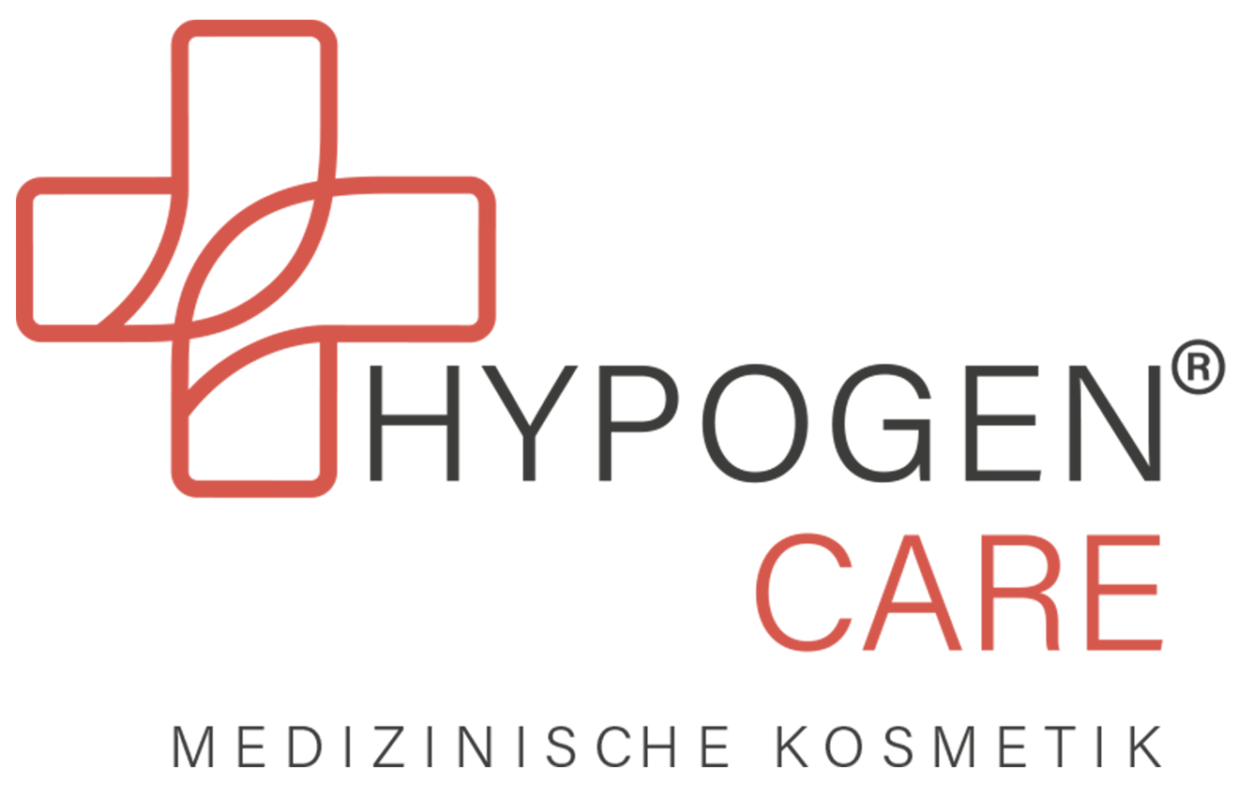Category archives: SKIN
Features
Scaly skin is caused by the disturbance of the so-called protective layer of the skin, which is responsible for the balance between the death of old skin cells and the formation of new ones. The causes of scaly skin can be numerous. The protective layer of the skin itself consists of moisture and a lipid film.
The technical term for scaly skin is squama or pityriasis capitis.
Recommendation
Features
Seborrhea oleosa refers to increased sebum production of the skin, i.e. an oily skin condition. It usually occurs with a cornification disorder in the area of the sebaceous gland follicles and thus leads to acne.
Recommendation
Features
Seborrhoea sicca is characterized by a dry skin condition. Skin cells dry out prematurely, resulting in forced keratinization (scaling). The skin is drier than usual.
The development of seborrhea sicca can be caused by a dry environment, which causes the water content of the skin to evaporate prematurely, or the excessive production of the skin's own hydrolipid film.
Recommendation
Features
Sensitive / sensitive skin is difficult to define by concrete symptoms. In the first place, the skin is clearly more sensitive than other skin types.
While normal skin has ideal sebum production and an intact cell membrane complex, and sebum production is increased in oily skin, several circumstances come together in sensitive skin: It usually does not have sufficient natural protection from the skin's own cell membrane complex. Furthermore, its moisture balance is irritated. It therefore reacts more irritably to external factors.
Recommendation
Features
Sun allergies are a reaction to sun exposure in combination with the active ingredients of conventional sun protection products. These use two types of active ingredient:
1. types of absorbent active ingredients: These are organic-chemical UV absorbers whose molecules absorb the sun's UV rays. They include octinoxate, for example.
2. reflective types of active ingredients: These are mineral filters that reflect sunlight - like a series of tiny mirrors. Titanium dioxide is an example of this.
Recommendation
Features
Medically, sunburn is a 1st or 2nd degree skin burn.
Sunburn is - as the name suggests - triggered by sunlight, more specifically by ultraviolet, namely UVB and UVC radiation. When UVB or UVC rays hit human skin, they stimulate it to produce radicals. These radicals, in turn, are the direct cause of sunburn.
Recommendation

